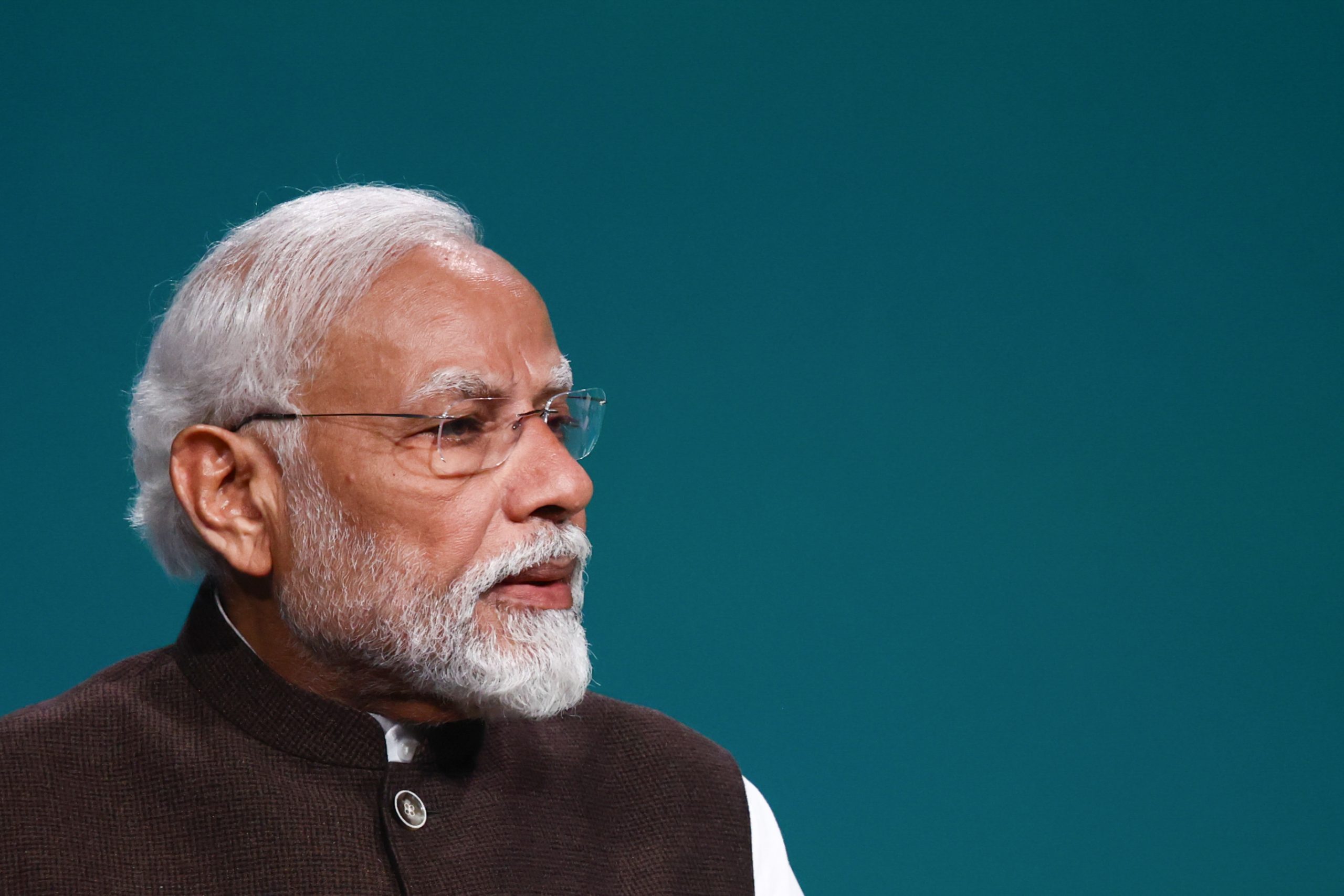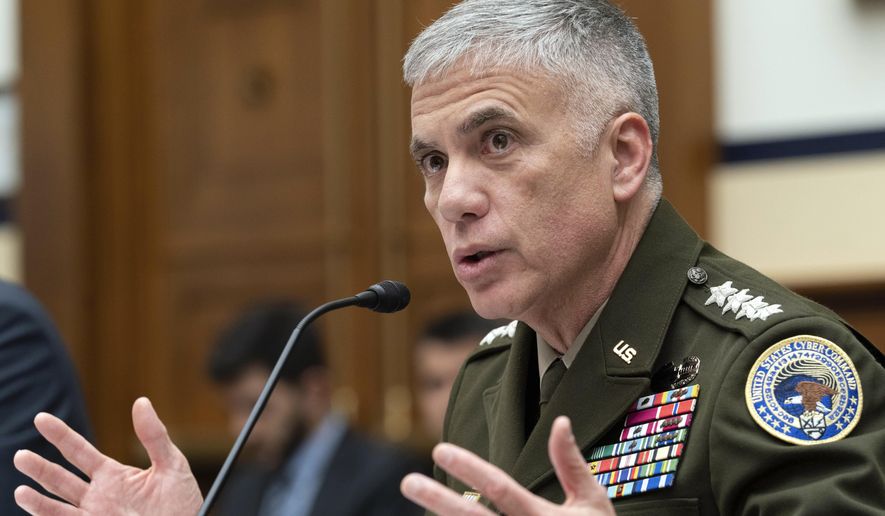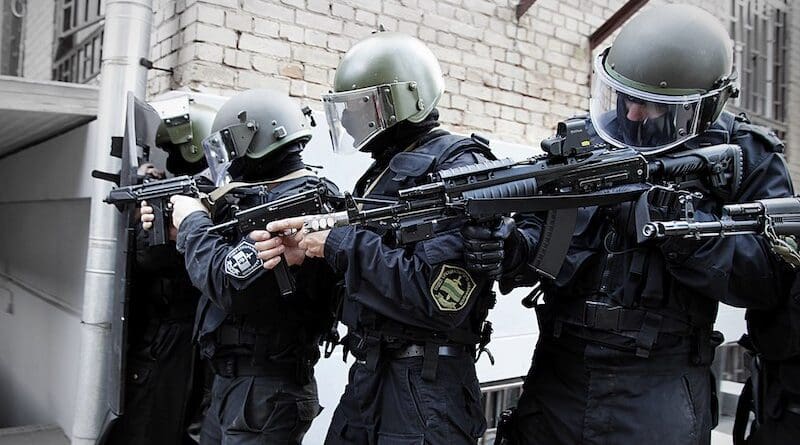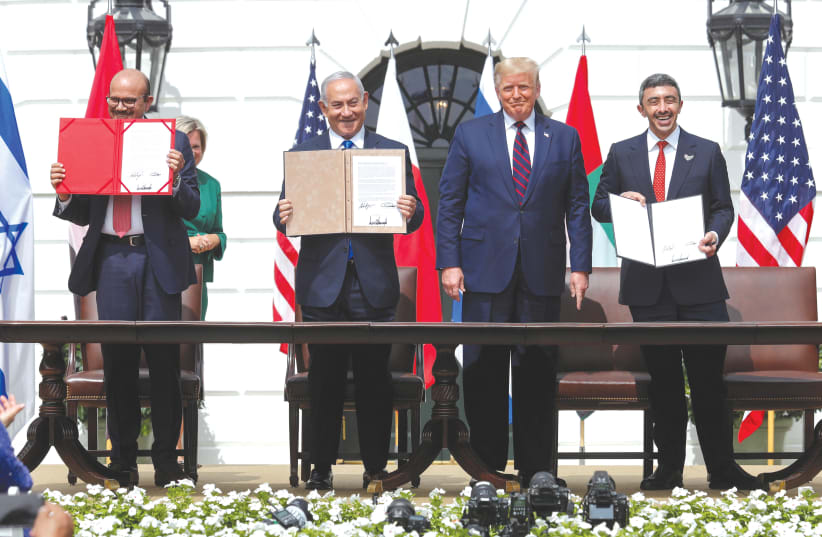Tenzin Pema
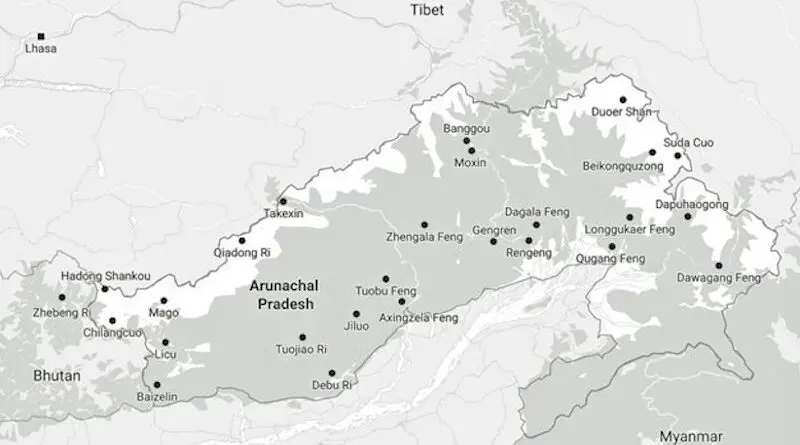
Beijing has issued Chinese names for 30 locations in Arunachal Pradesh to bolster its claims on the territory that is controlled by India, which quickly dismissed the move as meaningless.
It was the fourth time since 2017 that China released place names for geographical locations in what it refers to as Zangnan and claims is part of southern Tibet, in Chinese territory.
“If today, I change the name of your house, will it become mine?” asked India’s External Affairs Minister S Jaishankar on the sidelines of an event in the western state of Gujarat earlier this week.
“Arunachal Pradesh is a state of India,” he said. “It was, is, and will continue to remain a state of India. Changing the name of [various places] does not amount to anything.”
Tensions between India and China have escalated in recent weeks after Indian Prime Minister Narendra Modi’s visit to Arunachal Pradesh on March 9, prompting China to lodge a diplomatic protest.
The list issued by China’s Ministry of Civil Affairs includes standardized names for at least 11 residential areas, four rivers and 12 mountains among geographical locations in Arunachal Pradesh.
“In accordance with the relevant regulations on place name management of the State Council, our Ministry, together with relevant departments, has standardized some place names in southern Tibet,” the Chinese Ministry of Civil Affairs said in its official announcement. “The fourth batch of additional publicly used place names in southern Tibet is now officially announced.”
